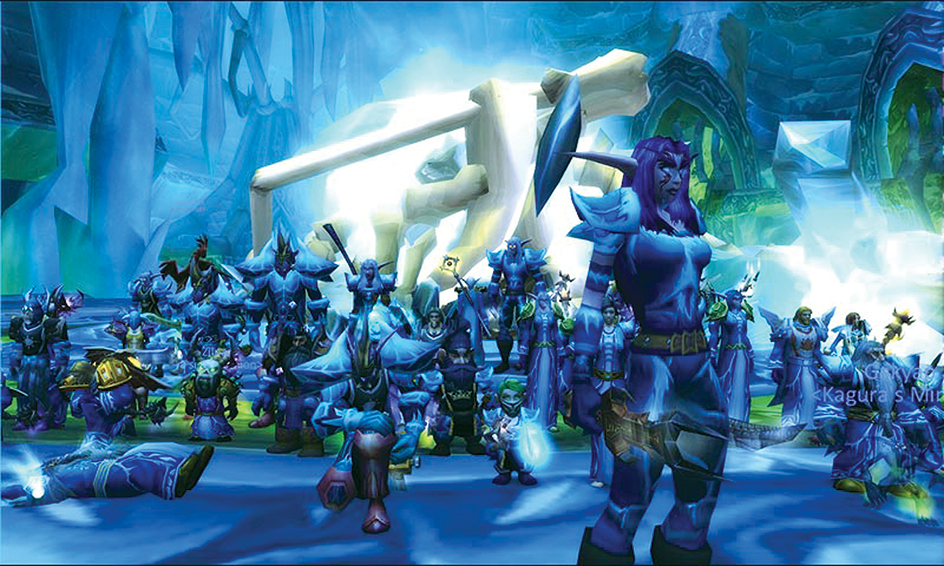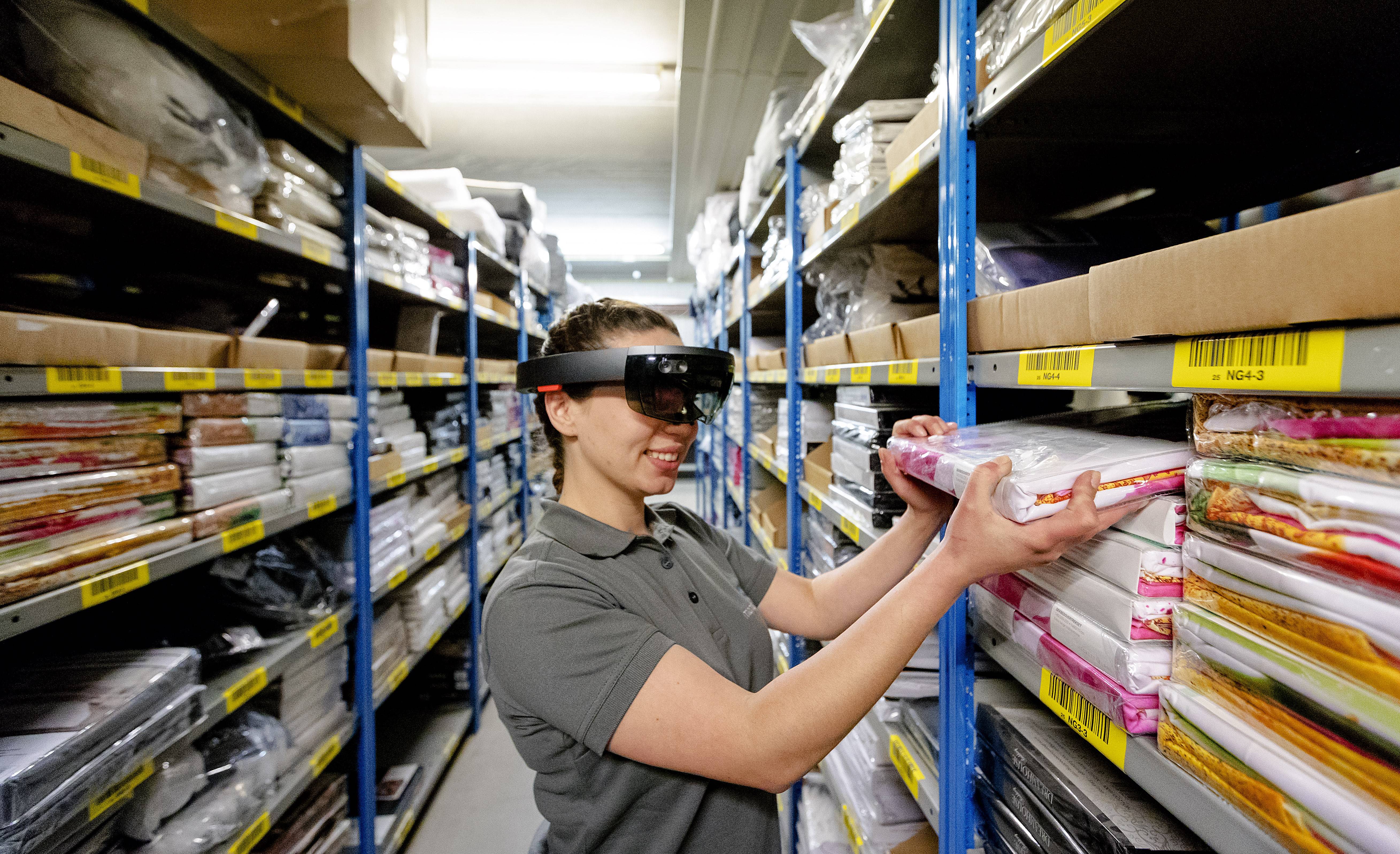Metaverse is a proposed virtual universe based in a computer network. The metaverse is an example of virtual reality (VR), an artificial, three-dimensional computer environment. The metaverse was first envisioned in works of science fiction. But in the 2020’s, some industry leaders began adopting the concept as a model for the development of online technology. 
The metaverse somewhat resembles cyberspace—that is, the internet and related communications technologies considered as a kind of environment or landscape. But the metaverse is more immersive than the conventional internet. An immersive experience produces the sensation of being embedded, surrounded, or in the midst of something. The metaverse would use virtual reality technology to immerse users in a computerized universe.
Characteristics
Some thinkers envision the metaverse as an immersive virtual successor to the internet. In the metaverse, people would engage in many of the same activities they do online, enjoying entertainment, socializing, learning, shopping, and conducting business. However, they would participate in these activities through the use of virtual representations called avatars. These personas might visit virtual shops and meeting places and even establish virtual homes.
Electronic games such as Fortnite (2017), Minecraft (2011), and Roblox and World of Warcraft (both 2004) offer some aspects of a metaverse experience. They enable large numbers of players to meet, play, explore, and even design worlds online. However, the metaverse generally differs from such game worlds in terms of interoperability, the range of activities offered, and the robustness of its virtual economy. Interoperability is the ability of various computer systems to work together. 
Interoperability.
Many online games offer players significant freedom within a particular game. But players cannot readily move characters, equipment, and other assets among games. In a true metaverse, games such as these would function more like connected digital worlds, enabling players and assets to travel among them. Such interoperability would enable users to maintain a consistent virtual identity throughout the metaverse.
Range of activities.
The metaverse would provide a wealth of activities beyond gaming. Some games have already expanded the traditional range of online experiences. In 2017, for example, the American electronic musician Marshmello performed a concert in Fortnite. Other artists followed, including the American rapper Travis Scott and singer Ariana Grande. In the 2020’s, professional sports teams began investing in virtual arenas that would enable fans to view games.
Many idealists think that the metaverse holds great promise for education. They think it could provide an online learning environment as good as in-person schooling or even better. The metaverse could also provide a virtual environment for business meetings and access to government services.
Digital economy.
Many online games offer some level of economic activity. They may enable players to purchase, own, and even trade equipment. But it is generally thought that the metaverse will feature a robust economy parallel to the modern world economy. Such an economy would likely require consistent virtual goods that could be transferred beyond the borders of any particular game or world.
Obstacles to development
Some elements that may become parts of the metaverse have already begun to take shape. However, major obstacles remain to developing a metaverse like that envisioned in science fiction. These obstacles include cooperation, computing power, and VR technology.
Cooperation.
The internet was developed largely by researchers at government and academic laboratories. These researchers had a strong motivation to work together to develop their vision. It appears likely that the metaverse will be developed largely by technology corporations. It is unclear how these businesses—built for competition rather than cooperation—will work together to establish an interoperable metaverse.
Computing power.
Much activity on the internet is asynchronous—that is, it does not all happen at the same time. For example, users leave messages for one another and respond to them at their leisure. The metaverse, by contrast, might involve live interactions among millions or billions of users at the same time. Such a shift would require huge leaps in both computing power and networking technology.
VR technology
used to be too expensive and too bulky for widespread use. Over the years, it has come down in price and bulk. However, virtual reality still suffers from several limitations. For instance, many users suffer a cluster of problems called cybersickness with prolonged virtual reality use. Symptoms of cybersickness include nausea, eye issues, and disorientation. 
Further, by immersing users in the virtual world, VR technology distracts them completely from their surroundings. This limitation makes it difficult and even dangerous to use VR technology outside the home or another controlled environment. Many scholars thus think that for the metaverse to achieve widespread use, some aspects of the experience will have to be accessible through laptop computers, mobile phones, and other conventional devices. Many think the metaverse will have to incorporate augmented reality, the overlay of virtual features over the physical world. 
History
Many science fiction works have described virtual experiences similar to the metaverse. The term metaverse was coined in the novel Snow Crash (1992) by Neal Stephenson, where it is presented as part of a dystopia (deeply flawed world). Ernest Cline’s novel Ready Player One (2012) and its 2018 motion-picture adaptation introduced a wide audience to a fictional metaverse called the OASIS.
In 2021, the parent company of the social media service Facebook announced that it was changing its name to Meta, signaling the company’s intent to pursue metaverse development. In 2022, the software giant Microsoft reached a deal to acquire the game developer Activision Blizzard, owner of World of Warcraft, with the stated intention of using the company to develop elements of the metaverse.
